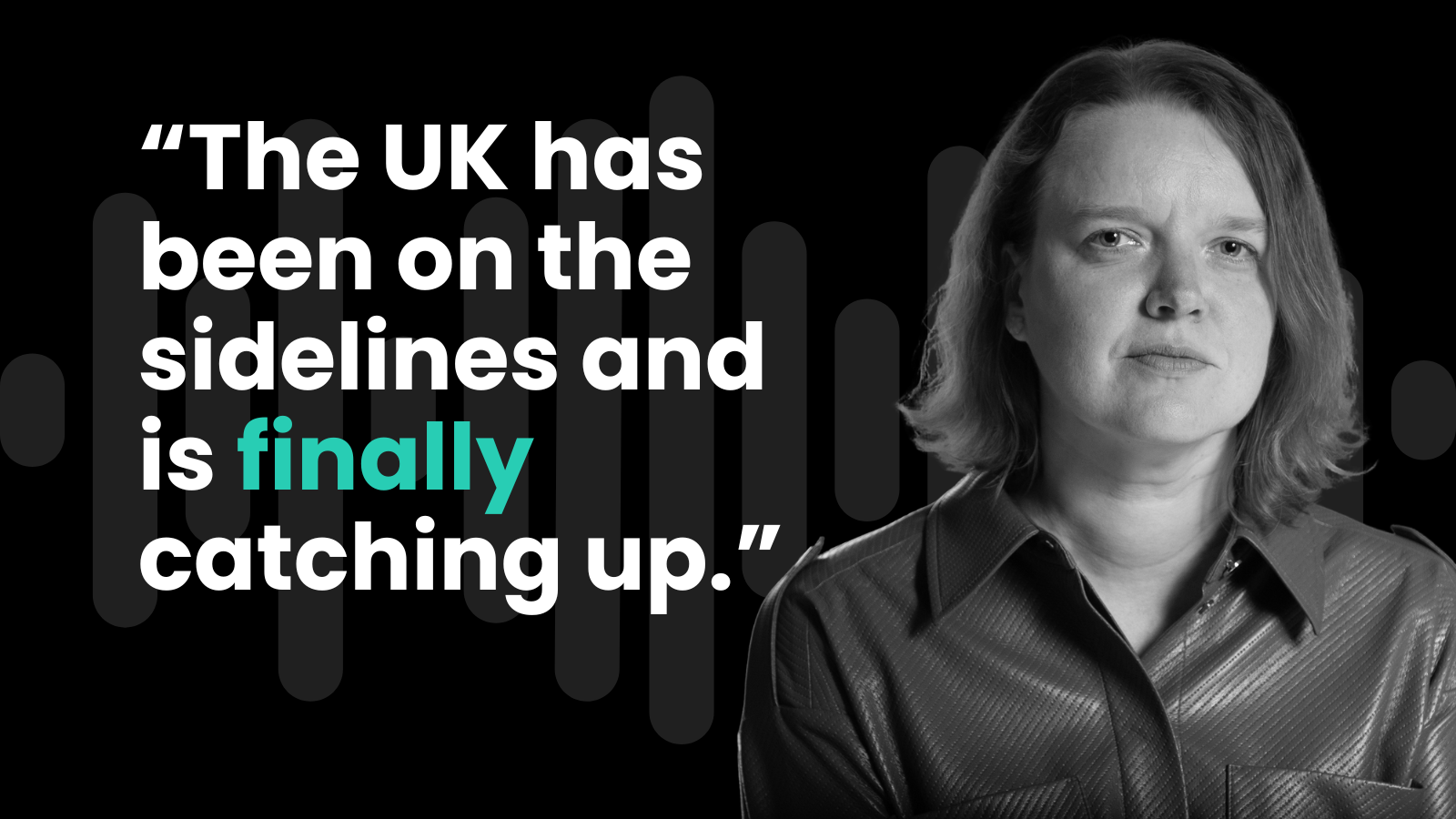British banks have spent much of 2025 basking in the warm afterglow of higher interest rates. Plumper margins and a resilient consumer have helped shares in domestically focused lenders outpace the broader market.
Yet as the third-quarter earnings season approaches, the mood looks set to cool. The Treasury’s upcoming Budget on November 26th could yet turn the sector’s success into a source of fiscal fodder.
Barclays: Halfway through the rebuild
Barclays will unveil its third-quarter results on October 22nd. Its shares, up 35% this year and touching their highest level since the financial crisis, reflect growing faith in the lender’s three-year restructuring plan. Chief executive C.S. Venkatakrishnan is halfway through an effort to tilt the group back toward retail and commercial banking, while squeezing costs from its sprawling investment arm.
In the first half of the year Barclays notched up solid progress. Group income climbed 12% to £14.9bn, with net interest income up 13% to £6.1bn. Return on tangible equity — a key measure of profitability — rose to 13.2% from 11.1%, while pre-tax profit hit £5.2bn. Investors were rewarded with another £1bn share buyback, part of a £10bn capital return target by 2026.
The investment bank remains a mixed story. Trading income rose 10%, powered by double-digit growth in equities and fixed income desks. But the fee-generating side continues to lag Wall Street peers: underwriting revenue fell 16% and advisory income 11%. Investors will also be watching for any hidden costs linked to the Tesco Bank acquisition, which pushed credit-impairment charges up to £1.1bn in the first half.
Barclays aims for a return on tangible equity of around 11% next year, rising above 12% in 2026. It targets group income of about £30bn, a cost-to-income ratio in the high-50s, and continued capital strength with a CET1 ratio between 13% and 14%. That looks achievable if markets stay calm and the UK avoids a sharp downturn.
- NatWest lifts profit guidance as lending growth underpins strong Q3
- Revolut’s elusive UK banking license
- HSBC proposes privatisation of Hong Kong’s Hang Seng Bank
Lloyds: A small scratch on a glossy surface
Lloyds, due to report on October 23rd, has been the standout performer among high-street lenders. Its shares have soared 50% this year, to their highest in a decade, as higher rates and tight cost control bolstered profits. In the first half, the bank posted net income of £8.9bn and underlying profit of £3.6bn. The dividend was raised 15%, while net interest margins widened to 3.04%.
Yet not all has gone smoothly. The lender has set aside an additional £800m for motor-finance compensation, bringing total provisions close to £2bn. Investors will want to know whether this dents full-year forecasts. Analysts expect third-quarter revenue to rise nearly 10% to £4.7bn, with net income of £1bn. But with the Bank of England now easing rates, Lloyds’ enviable margins may come under pressure.
The group still targets a 13.5% return on tangible equity this year and more than 15% by 2026, supported by cost reductions and robust capital generation. That optimism could fray if credit losses climb or regulators tighten scrutiny of consumer lending.
The Budget shadow
As Westminster hunts for cash, bank profits offer an irresistible target. The current 3% surcharge on top of the 25% corporate tax rate may rise to 5%, slicing up to 2.5% from sector profits. Another mooted change — taxing the interest banks earn on reserves held at the Bank of England — could shave a further 2%.
Such moves might be politically convenient but economically clumsy. Banks remain vital to Britain’s anaemic growth prospects. A heavier tax burden could tighten credit and slow recovery. The chancellor must decide whether to milk the banks, or let them lend Britain back to health.





















